Game description:
Is It Woke? is a web-based quiz game that challenges players to determine whether a given video game has been labeled “woke” or not. The core mechanic is simple: the player sees a game title and must guess its classification based on a predefined list. There’s no backstory, scoring system, or explanation—just a sequence of binary decisions. The structure is straightforward, but the subject matter places the player in the middle of a cultural debate, framed through a yes-or-no format.
Repetition With a Premise
Each round of the game presents a new title, usually from a public list assembled by a Steam curator. The quiz doesn’t define what “woke” means, nor does it provide context for the classification. Instead, it asks the player to match a hidden answer key. This turns the act of guessing into a pattern-recognition challenge based more on perception than knowledge. Since the criteria aren’t explained, the player must rely on assumption, familiarity, or trial-and-error.
What You Interact With in Is It Woke?
· A rotating list of real game titles
· A binary choice interface (Yes / No or Woke / Not Woke)
· Immediate feedback after each guess
· No descriptions or clarification after results
· A source list taken from a third-party public database
Decisions Without Explanation
The game offers no feedback beyond right or wrong. Players aren’t told why a game fits a certain category, nor are they shown quotes or themes from the title. This creates a system where correctness is determined by alignment with someone else's label. While the format encourages fast play, it discourages analysis. The quiz becomes an exercise in memory or intuition, rather than investigation or critical thought. It’s not a discussion—it’s a sorting mechanism built around someone else’s definitions.
Playing With Categorization
Is It Woke? uses classification as its primary function. Instead of exploring themes, characters, or mechanics, the game invites players to engage with how other people have chosen to label content. It doesn’t expand on the idea of being “woke,” nor does it comment on the label itself. It simply presents a game of alignment—your answer versus the list. In doing so, it reflects a broader trend of turning complex topics into simplified formats. Whether the player agrees or disagrees with the categories becomes secondary to whether they can predict them. The game isn’t built to resolve questions, but to test recognition inside a predefined system.















































































































































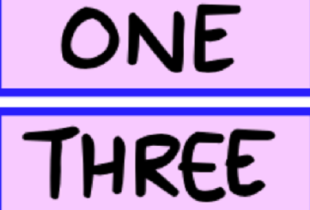
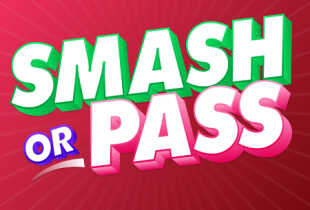

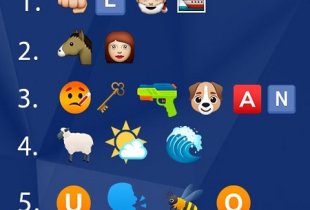
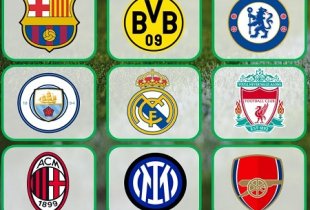
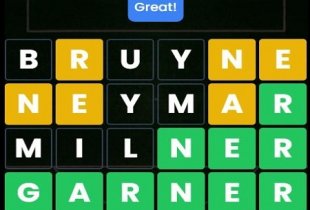
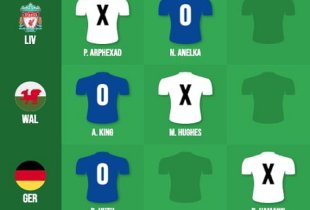
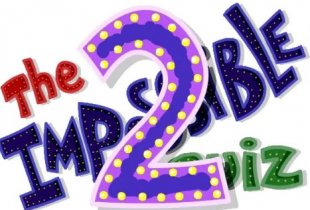
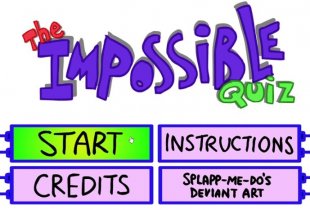
Comments